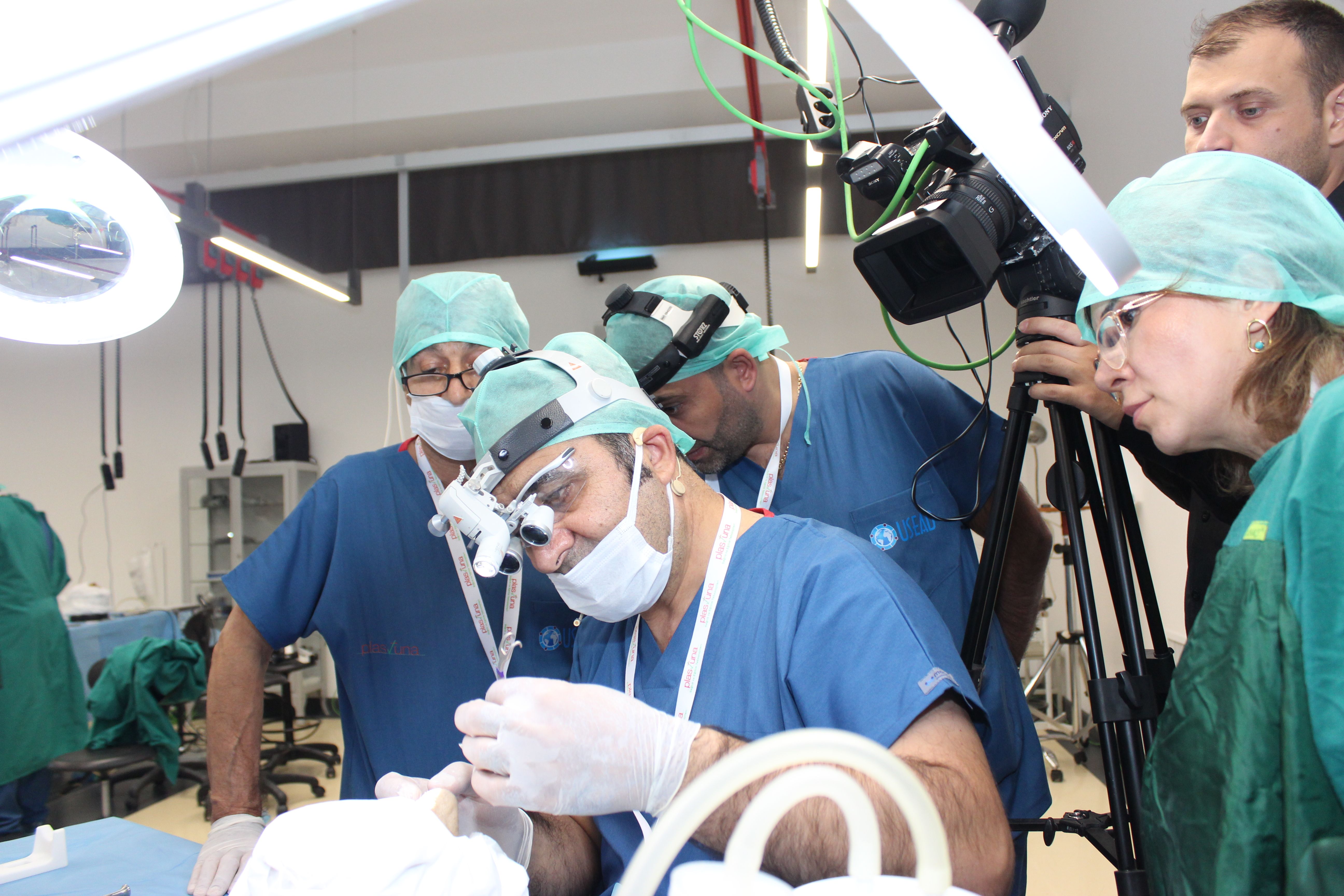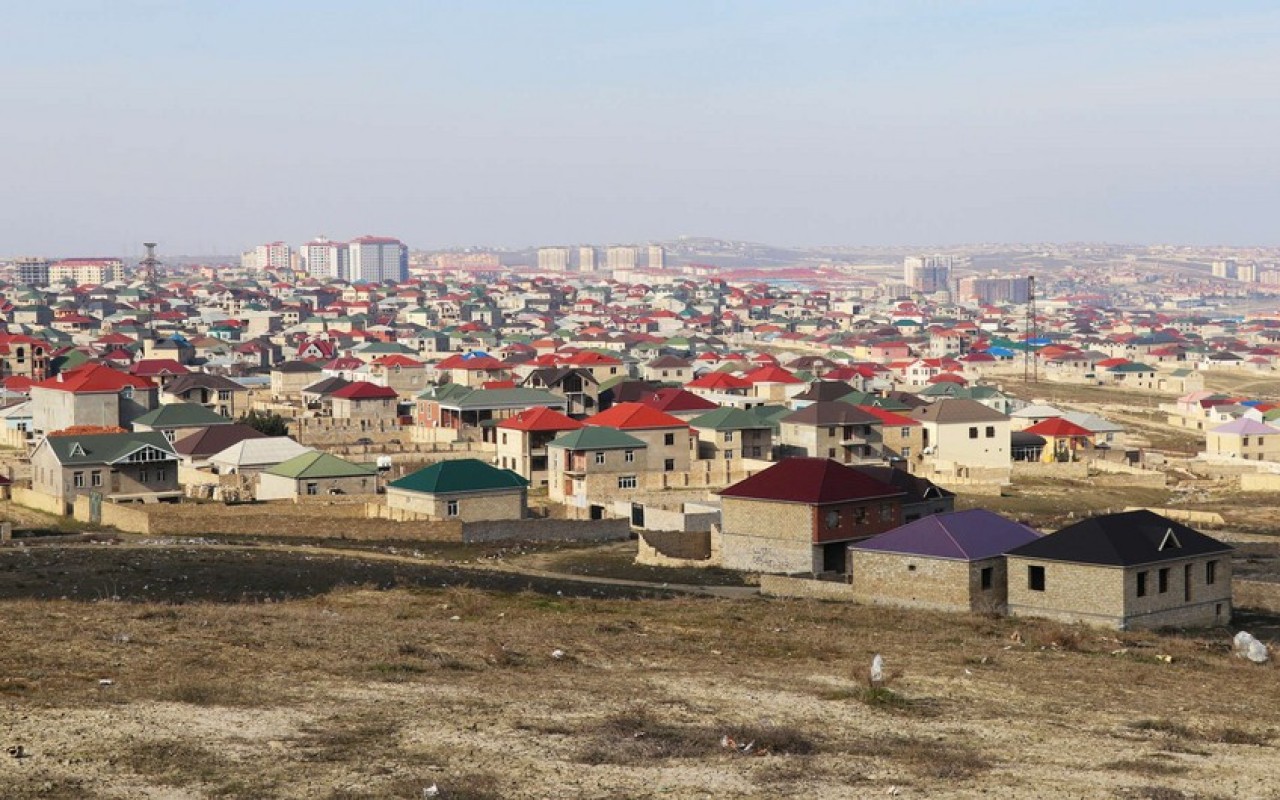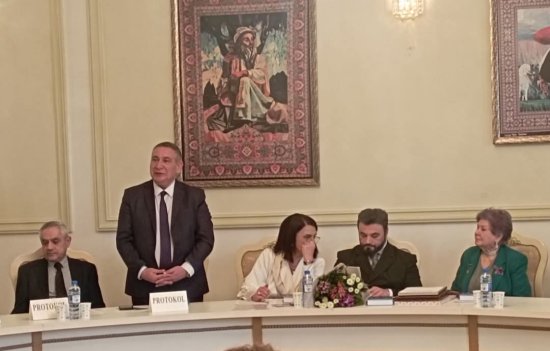Improving access to education for low-income girls
Tarix: 11-09-2024 11:54

Access to education remains a significant challenge for low-income girls in many nations. Despite global efforts to promote gender equality in education, various socio-economic, cultural, and political barriers continue to impede progress. This article explores the specific problems these girls face, the role of government policies, and the crucial contributions of non-governmental organizations in addressing these challenges.
No doubt poverty is a primary barrier, making it difficult for families to afford school fees, uniforms, and learning materials. Many families prioritize boys' education over girls', assuming that boys will contribute more economically in the future. Unfortunately traditional gender roles and cultural norms in many societies devalue girls' education, often prioritizing early marriage and domestic responsibilities over schooling. This cultural bias leads to higher dropout rates among girls.
Inadequate transportation and unsafe travel routes pose some risks for girls, discouraging parents from sending their daughters to school. In some areas, schools are located far from homes, making the journey perilous. Gender biases among teachers and an unsupportive school environment can undermine girls' confidence and interest in continuing their education. Instances of discrimination and harassment further exacerbate the problem.
Governments in many nations have initiated various policies to improve access to education for low-income girls, but implementation and effectiveness vary. Many governments have introduced policies to provide free primary education and, in some cases, secondary education. However, hidden costs and lack of enforcement remain challenges.
Scholarships and financial aid programs targeting low-income families aim to reduce the economic burden. While these initiatives have had some success, limited reach and inadequate funding often hinder their impact. Establishing community schools and mobile education units in remote areas helps address transportation and safety issues. These schools bring education closer to home, making it more accessible for girls.Some governments have adopted gender-sensitive policies, including training for teachers on gender equality and creating girl-friendly school environments. These policies aim to create a more inclusive and supportive atmosphere for girls.
NGOs play a pivotal role in supplementing government efforts and addressing gaps in the education system. NGOs conduct awareness campaigns to challenge cultural norms and promote the importance of girls' education. These campaigns engage communities, parents, and local leaders to foster a more supportive environment for girls' education. Many NGOs provide financial assistance, school supplies, uniforms, and other necessary resources to low-income families, easing the economic burden of educating girls. NGOs often build and maintain schools in remote and underserved areas, ensuring that girls have access to safe and quality education facilities. NGOs offer training programs for teachers to promote gender-sensitive teaching practices and create a more inclusive classroom environment. This training helps reduce biases and improve girls' educational experiences. NGOs establish support programs, such as mentorship and counseling, to help girls overcome personal and academic challenges. These programs aim to boost confidence and motivation among girls.
While significant strides have been made in improving access to education for low-income girls in eastern nations, much work remains. Addressing the multifaceted barriers requires a collaborative effort between governments, NGOs, and communities. By continuing to challenge cultural norms, enhance policies, and provide essential resources, we can move closer to achieving universal education and gender equality.
For the past few years, I have actively participated in volunteer social projects. During this time, my classmates and I have organized various campaigns to deliver food to impoverished citizens and distribute medicines to those in need. As I engaged with these individuals and their families, I came to realize that many struggle to provide their children with a quality education, particularly girls. In impoverished, patriarchal families, the immediate focus is often on marrying young girls off or finding them low-paying jobs, relegating education to a secondary priority. Unfortunately, in some countries, early marriage has become the norm, with certain communities in Middle Eastern nations being no exception. Recently, I encountered a family where two sisters, aged 14 and 15, are on the verge of marriage, lacking both education and life experience.
This underscores how inequality in access to education evolves into a significant social problem. Except for Western countries, in many parts of the world, boys typically enjoy better access to quality education than girls. Consequently, women find themselves confined to roles as housewives or cheap labor, contributing to the creation of a male-dominated arena in politics, business, and technology.
Now we need to eradicate gender inequality in access to education once and for all. However, addressing this issue requires substantial effort. Today, much needs to be done to ensure that women have the same opportunities for accessing quality education as men. Recognizing that this problem cannot be solved overnight, we must embark on a public awareness campaign, enact new laws, and strive to uplift the incomes of the underprivileged. I firmly believe that an educated girl has the potential to bring about transformative change in her surroundings. By educating a boy we get an educated person, by educating a girl we get an educated family.
Siddiga Suleymanzade,
An advocate for the education of girls
Seçilmişlər
Ən çox oxunanlar
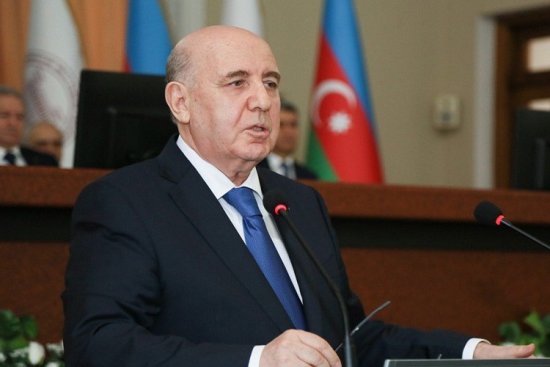




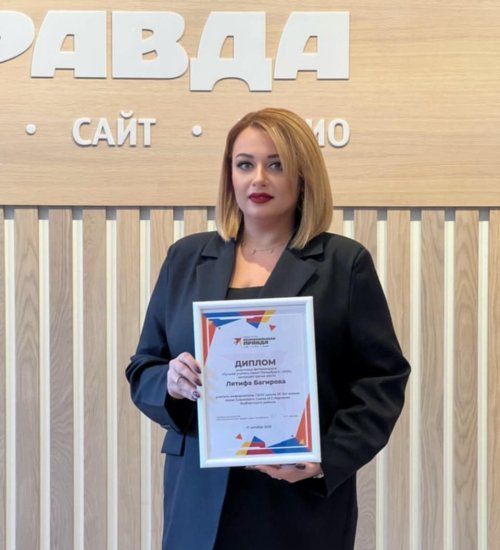







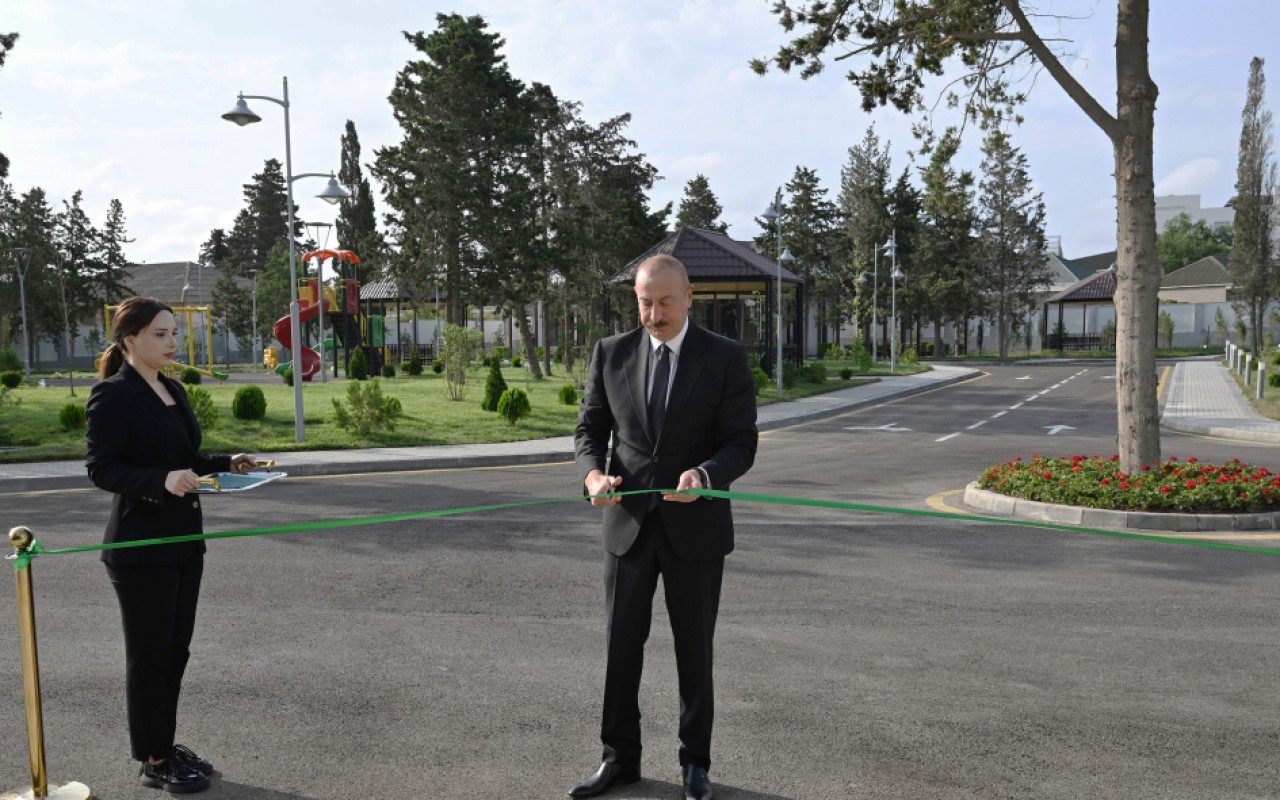


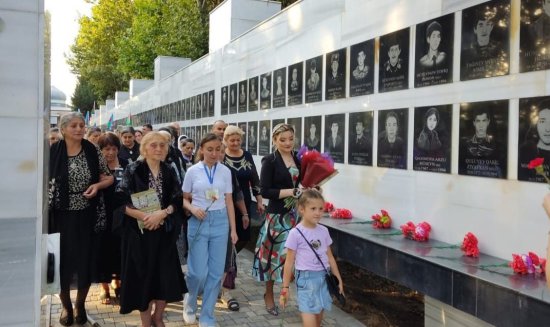


.jpg)






